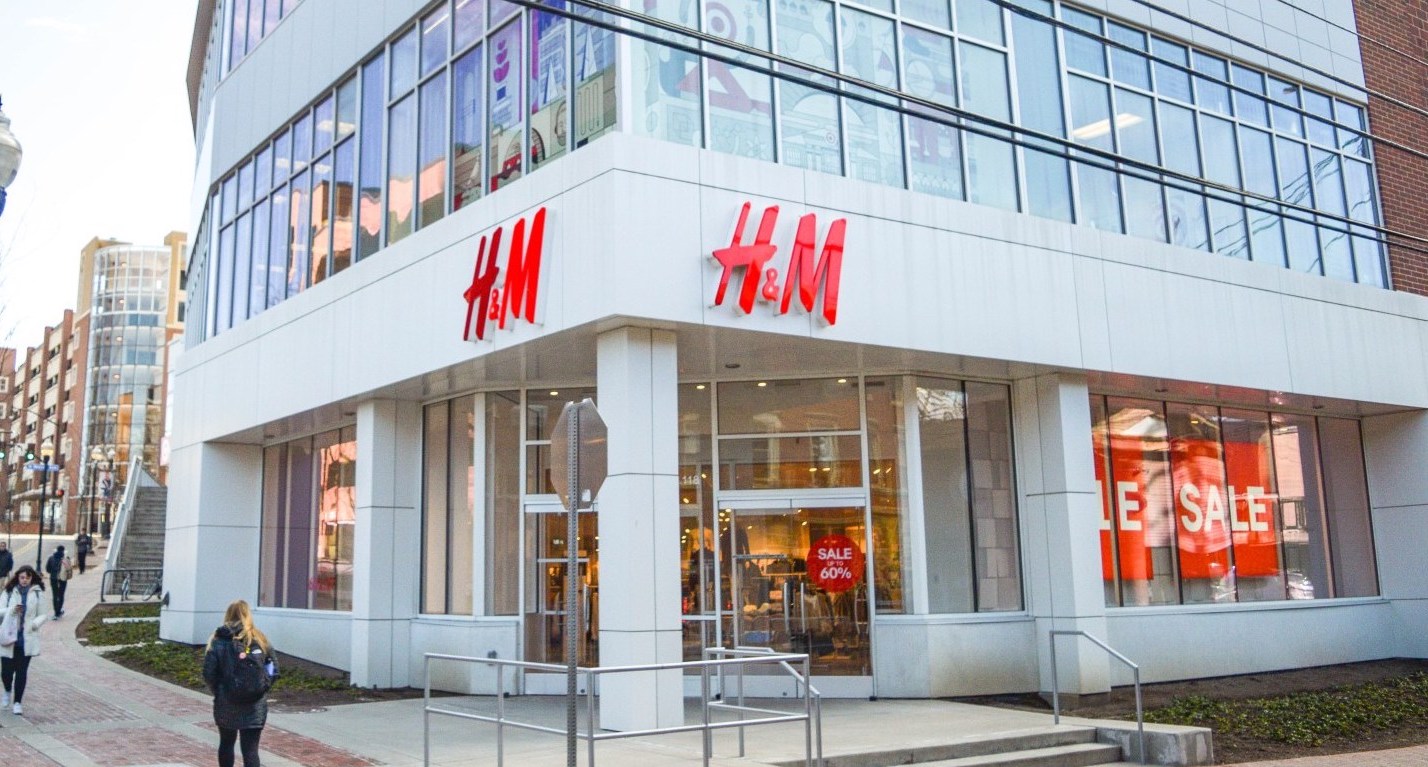Before the pandemic, on a beautiful fall afternoon, I was walking from teaching a class to meet up with friends at Local Whiskey. The sidewalks of Allen Street were busy with people, and the stores, restaurants and bars were energized with activity. It was one of those unique State College moments when you remember how great this town is.
Driving home, things were still busy—but not from foot traffic. From construction.
Cranes were building 10-story apartment buildings sitting on top of large retail spaces. Being the optimist that I am, I daydreamed about the new, cool places that would take over those spaces when the buildings were done. Maybe a food court with popup restaurants! Maybe a cool furniture store! Maybe a German beer hall!
Some of that has come to life. Orange Theory and Tadashi are under The Metropolitan on College, Roots Natural Kitchen is under The Edge on Beaver, El Jefe’s is under The Maxxen on Hiester.
But a lot of the new retail spaces are still vacant. According to rough estimates, there is about 70,000 square feet available downtown under the new apartment buildings.
And this space is special in one very special way—it’s super expensive to move into.
Old vs. New Spaces
Let’s say you are a really cool local who wants to open a custom butcher shop downtown. You call up a realtor, and she shows you two spaces.
The first is a former deli. The kitchen is old. The fluorescent lighting buzzes. The walls are tiled with pastel colors from the ’90s. The bathroom is kind of gross.
“What else you got?” you ask.
The second space is under a brand new apartment building. It’s a completely blank slate—just concrete slabs. Your mind goes wild. It’s just like those shows on HGTV.
“This is the dream space!” you say. “How long until it’s ready?”
“It’s ready now,” your realtor tells you. “You pay to build this space however you want.”
“Wait, I have to pay to build it out? Even the bathrooms?” you ask.
You quickly do some math.
At the going rate of $100-$140 a square foot, it would cost an additional $500,000-$700,000 to turn the concrete space into a usable 5,000-square-foot butcher shop. And that’s on top of equipment, inventory, furniture, cash registers and everything else you need.
“I’ll take the deli,” you say.
Except the problem with this scenario is there are fewer and fewer delis downtown, and more and more concrete boxes. And not many small business owners are able to pay to transform a concrete space into their dream space.
To put it another way, it will cost at least $7 million to turn the concrete boxes we have downtown into usable spaces.
So who has the funding to transform these spaces, other than fearless entrepreneurs?
National chains.
Local vs. National Retail
I hope it goes without saying, but I love our locally owned stores downtown. If I have a coffee meeting, you’ll find me Webster’s or Irving’s. We buy Christmas and birthday presents from The Growing Tree and Kitchen Kaboodle. I grab lunch at the Corner Room and drinks after work at Local Whiskey. (And the list goes on!)
But national chains are the ones that have the money to jumpstart our empty downtown spaces. And even if they don’t stick around long, that can still be a good thing.
H&M Was a Blessing
In September, I locked up my bike outside H&M in State College and went inside for the last time.
The store was closing due to global restructuring. I wasn’t a regular customer but I’d bought a few things over the five years it was downtown.
Thinking back, I’m in awe of how much H&M invested to build that store. The walls, the electricity, the bathrooms—and all of it stays there, ready for the next business owner to move in. All 16,000 square feet.
So all I’m saying is, we need to start thinking about how we can bring more national chains downtown because they are the types of companies who can afford to take our concrete boxes and create the stores, restaurants and bars that will be passed down in our community over the next several decades.
In Boulder they have:
- Altar’d State
- Anthropologie
- Lululemon
In Charlottesville they have;
- Banana Republic
- JCrew Factory
- Williams Sonoma
In Ann Arbor they have;
- Fjallraven
- Shinola
- Warby Parker
Some of those won’t work here. But some might?
What Can We Do?
At this point, I can hear the realtors yelling at me.
“Don’t you think we’ve tried calling every chain on the planet!?” they say.
The existing business owners are yelling too. “More chains will just run me out of business!”
But as we’ve heard so often in the past decade as our downtown has undergone this huge transformation, a rising tide raises all ships. And I honestly believe that.
What good are those ships if they’re empty?
Brad Groznik is an assistant teaching professor in Penn State’s Engineering Entrepreneurship program. He is also part of a team launching RediscoverStateCollege.com. All opinions are his own.



